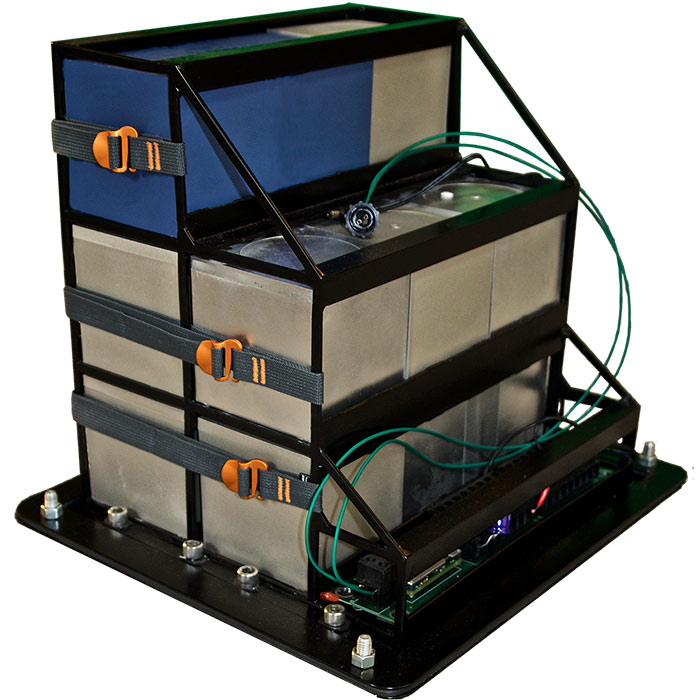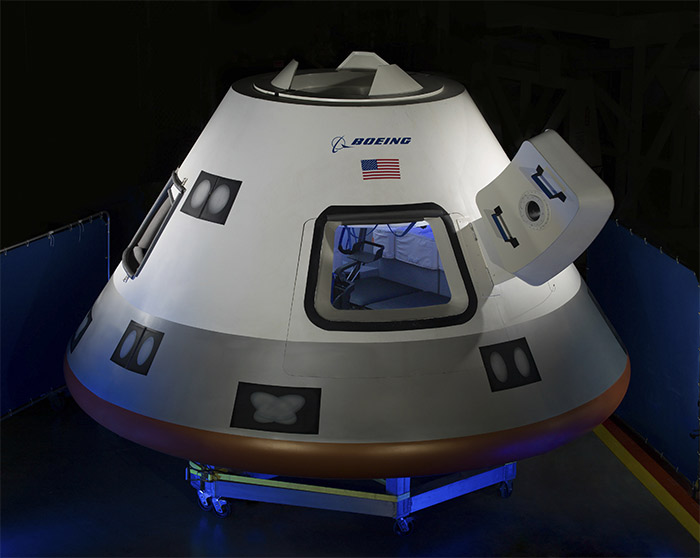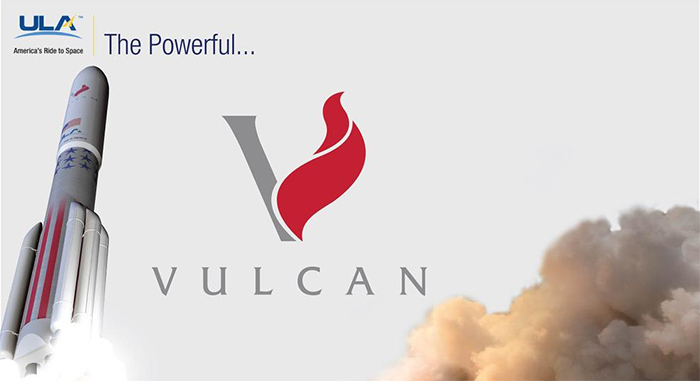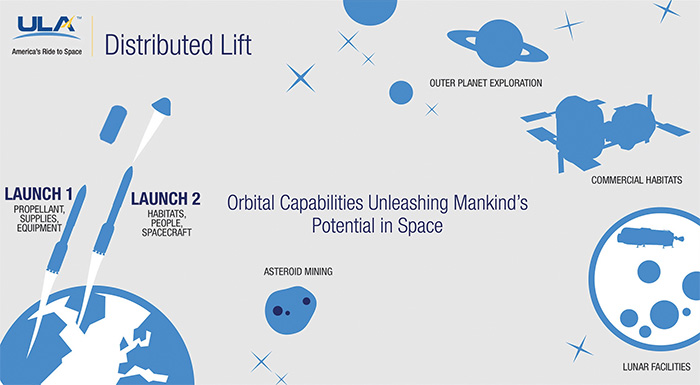Citizens in Space will present papers at two small-satellite conferences this month.
On Thursday, 23 April 2015, Citizens in Space project manager Edward Wright will address the 12th Annual CubeSat Developers’s Workshop on the topic of “The Lynx Cub Payload Carrier and Suborbital Flight Opportunities for Small Payloads on the XCOR Lynx Spacecraft.”
The talk will take place during the Launch Capabilities, Testing, and Simulation session on Thursday afternoon.
On Monday, 27 April 2015, Wright will address 2015 Interplanetary Small Satellite Conference on the topic of “Testing Interplanetary CubeSat Payloads Using Reusable Suborbital Spacecraft.” The talk will take place during the Propulsion Systems and Launch session.
In addition, Citizens in Space will have an exhibit table at both events, with the Lynx Cub Payload Carrier and other flight hardware on display.
“The Lynx Cub Payload Carrier is a versatile system that installs in the cabin of the Lynx spacecraft, behind the pilot’s seat,” Wright said. “It allows small experiments to be carried as secondary payloads on any Lynx flight. The Lynx Cub Carrier can be installed and removed quickly for frequent, low-cost flight opportunities.
“The Lynx Cub Carrier is an ideal platform for small materials-processing, fluid-physics, life-science, and engineering experiments. University teaching and research, K-12 education, citizen science, government and industrial R&D can all benefit from the convenient simple interfaces, rapid integration, and affordability of the Lynx Cub experiments.”
The Lynx Cub Carrier provides physical and electrical accommodations for up to 15 small experiments based on the CubeSat form factor. The CubeSat form factor is an international standard commonly used in small satellites. “The use of the CubeSat form factor allows satellite developers to test their payloads and other hardware on suborbital flights at very low cost, with minimal modifications,” Wright said. “Testing hardware on a reusable suborbital vehicle such as the XCOR Lynx will help developers work out bugs in advance, providing greater mission assurance for satellite launches where there is no do-over.”
The XCOR Lynx is a reusable, piloted suborbital spacecraft currently under construction by XCOR Aerospace in Mojave, California. XCOR expects the Lynx to be ready for flight test some time later this year.
The 12th Annual CubeSat Developer’s Workshop takes place at California Polytechnic State University in San Luis Obispo on 22-24 April. More information is available at www.cubesat.org.
The 2015 Interplanetary Small Satellite Conference takes place at Santa Clara University on 27-28 April. Full details can be found at www.intersmallsatconference.com.





